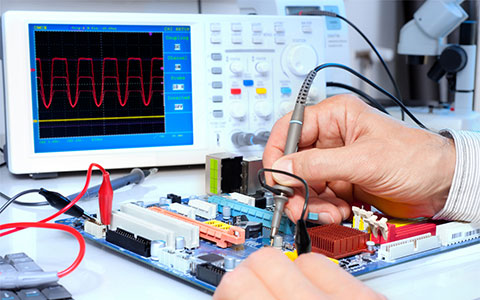
What is a Lab Power Supply?
A lab power supply, often called a bench power supply, is an electronic device that provides a controlled power output necessary for developing, testing, and troubleshooting electronic circuits, components, and devices. It offers fine-tuned control over key electrical parameters--primarily output voltage and output current--allowing users to test their designs under specific operating conditions. Most lab power supplies feature display panels and controls (like knobs or keypads) to set voltage and current levels precisely and monitor the actual output.
Beyond basic controls, lab power supplies are equipped with crucial safety features. These include over-voltage protection (OVP), over-current protection (OCP), and short-circuit protection, which safeguard both the device under test (DUT) and the power supply itself from damage.
Lab power supplies are not primary power sources; they draw power from the AC mains (wall outlet) and convert it into a stable, regulated DC output. This conversion and regulation process allows the user to specify the exact output required for their application.
How to Choose a Lab Power Supply?
There is an enormous variety of lab power supplies available in the market, and choosing the right one can become tricky. However, you can follow a few simple steps to make the process easier and ensure that you choose the best lab power supply for your needs.
Overview
With an enormous variety of lab power supplies on the market, choosing the right one can be tricky.
It's crucial to understand that having the right features for your application is more important than having the most features. Understanding different types of lab power supplies, their inherent strengths and weaknesses, use cases, and common features can help you make an educated decision.
The first question to ask yourself is, why do you need a lab power supply? What kind of circuits and components will you be powering/testing with it? Answers to these questions can make it easier to short-list your options and pick the best one.
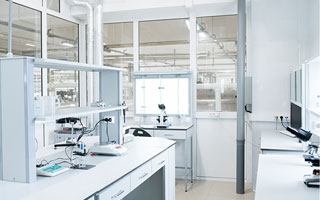
If you need a general-purpose lab power supply for a wide range of tasks, your choice will likely be influenced by a balance of cost, quality, essential features, and versatile voltage/current ratings.
Step 1: Check Your Requirements
Different electrical and electronic circuits/components have different power requirements. You can test a massive range of electronic circuits with just 30 volts and a few amperes, but if you are required to test industrial-grade electrical circuits, you may need significantly higher power levels.
Voltage Ranges
Like all other requirements, the voltage range will depend upon the kind of circuits/components you will test with the power supply. For DC lab power supplies, the most common maximum voltage range is 30 Volts, though you will rarely need to go above 24 Volts for electronics projects. There are high-voltage power supplies on the other end of the spectrum that often offer voltages in the Kilovolt (kV) range (though the maximum is usually below 100 kV).
Current Ranges
The current range should be determined based on the kind of projects you work on in your lab, but it's also influenced by the voltage range you are going for. The typical current range for most DC power supplies is between 1 A(Amp) and 10 A, though some can go as high as 100 A or more.
Cost can be a significant factor as you move above the amperage scale, and many high-current lab power supplies may require forced air or water cooling. In contrast, most high-voltage power supplies have a current range below 1 A (in Milliamperes/mA).
Step 2: Outputs
Outputs, also called channels of the power supply, are another factor worth considering.
Single Output
Most lab power supplies are single output. In a DC lab power supply, that results in three output points (positive, negative, and ground). In high-voltage lab power supplies and AC lab power supplies, there is typically a single output source.
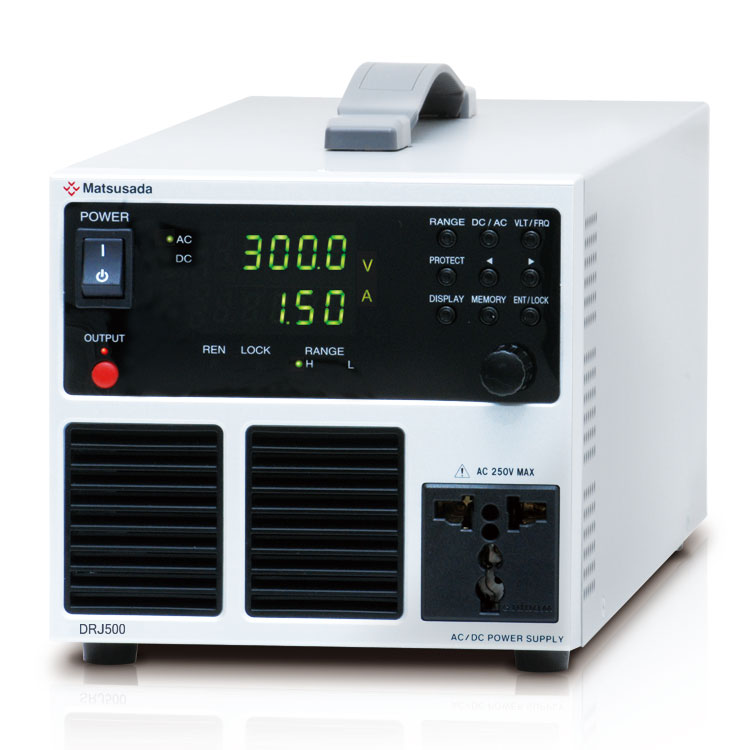
Dual Output
Most dual-output supplies have two distinct single-output/single-channel power supplies installed in a single shell. They usually have the same power rating. The output of these two can be combined to get a higher current/voltage/power rating, or the two can be used independently for two different testing sessions.
Generally, dual outputs are used in dual tracking, where the same voltage is output to both positive and negative terminals. They are conveniently used to supply operational amplifiers, such as +15V and -15V outputs. For applications that require accuracy, such as voltage reference, it's recommended to use a low-noise power supply such as a linear power supply or a source measure unit (SMU).
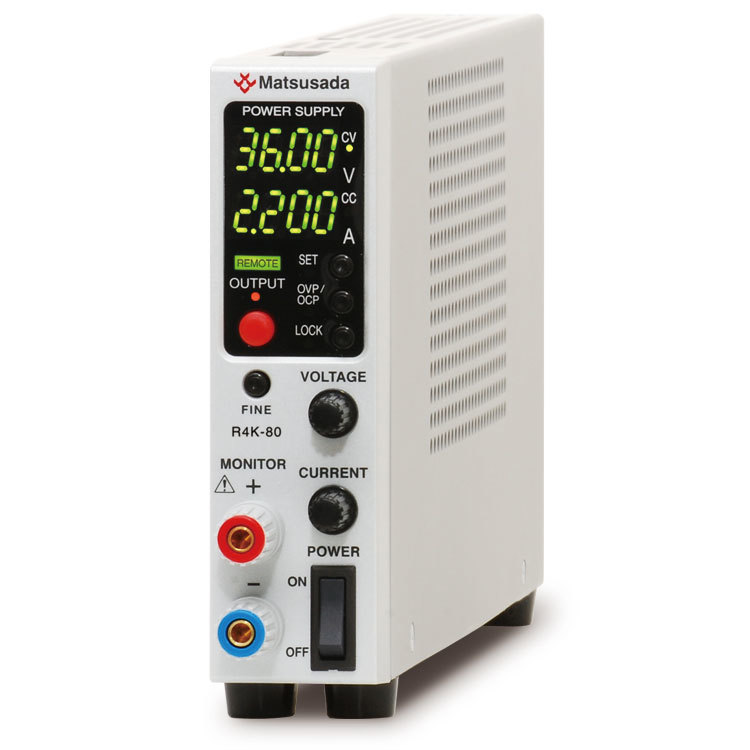
Multiple Output
A lab power supply that offers more than three outputs/sets of output is called a multiple output or multi-channel power supply. Power supplies with three outputs can be referred to as multiple output/multi-channels as well as triple output/triple channel power supply. All three outputs can have different maximum current/voltage parameters.
Multi-channel power supplies are useful for digital and analog circuit boards that require a variety of voltages.
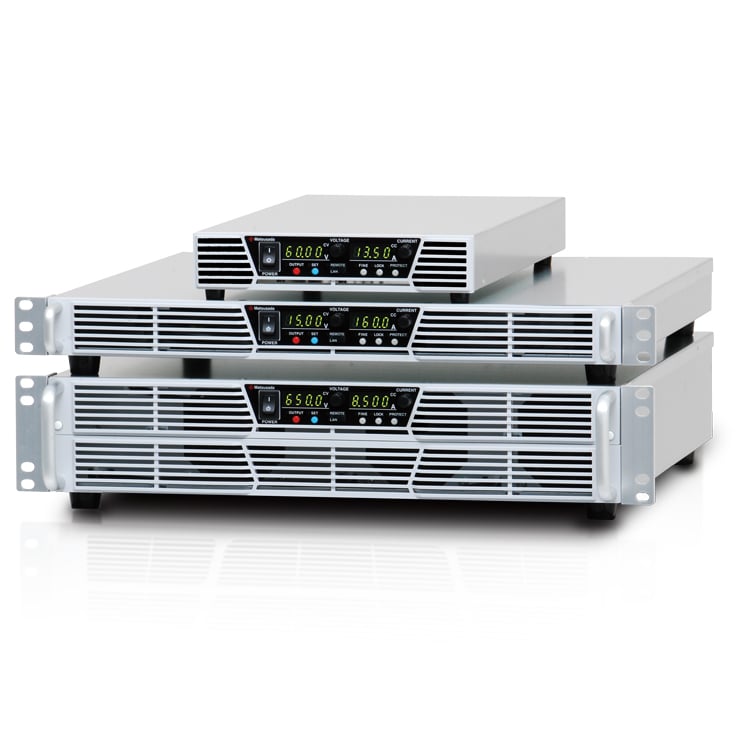
Step 3: Types
Lab power supplies can be classified into several types based on different characteristics, but the most common types include:
Linear vs. Switching
A linear power supply relies upon a step-down transformer to lower the supply voltage from 110 V (or 220 V) to the desired level. Then, this AC current is fed into a rectifier circuit and then a smoothing circuit for DC conversion. The DC output is then stabilized.
A switching power supply takes a different approach to AC-DC conversion. The AC current is first rectified and smoothed into DC. This DC is then converted into a version of AC current, not true sine waves but simply a series of highs and lows, thanks to a switching device. This has a very high frequency compared to the incoming AC (usually 50/60 Hz) and, hence, can be stepped down using a high-frequency transformer. The output is then smoothed out into DC.
The key difference between the two comes from the differences between a conventional transformer and a high-frequency transformer. The latter is significantly lighter and smaller, which allows switching power supplies to be significantly smaller and lighter compared to linear ones.
There are also electrical characteristic differences, particularly noise, which is much higher in switching power supplies. Switching power supplies tend to be more power efficient because linear supplies have conversion losses. Learn More ...
AC vs. DC
A DC power supply converts the input AC power (Mains) to DC output, which can be controlled by modifying voltage or current.
An AC power supply allows you to manipulate AC output and control its voltage, current, and frequency rating. It's also far more stable than the output from the mains. Advanced AC power supplies, designed for high-performance applications, are also capable of delivering DC output. Learn More ...
Bipolar Amplifier (Bipolar power supply)
A bipolar power supply (also known as a four-quadrant power supply) differs from unipolar supplies in two main ways. The first reason is that a bipolar supply can both source (generate) and sink (consume) current. So, the current can both flow out of the supply (like all other power supplies), and it can go in as well, with the supply acting like the load. The second reason is that, unlike other DC power supplies that have a designated positive or negative output, a bipolar supply can switch its outputs for negative or positive voltage. Learn More ...
High Voltage
A high-voltage power supply offers voltages in the kiloVolt (kV) range, often up to 100 kV. They can operate on both AC and DC inputs, though the former is more common. A lower current range is far more common in these types of supplies (in mA), but in some cases, the current rating can be in several amperes. A high-voltage benchtop power supply is easy to use in lab applications. Learn More ...
Step 4: Form Factor
The form factor of a lab power supply refers to how its housing is designed.
Benchtop
A bench power supply (or benchtop power supply) is designed to sit on a workbench, offering easy access to controls and displays. This form factor is ideal for manual testing, development, and debugging due to its versatility.
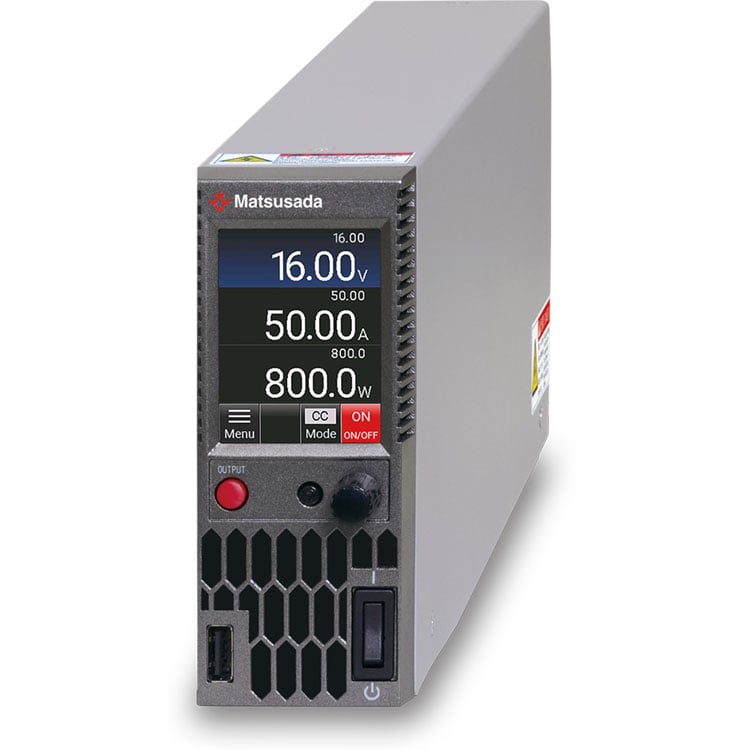
Rackmount
Rackmount power supplies are supposed to be installed in a rack and are preferred for use cases where they have to provide steady power to a circuit/component without frequent connection/disconnection.
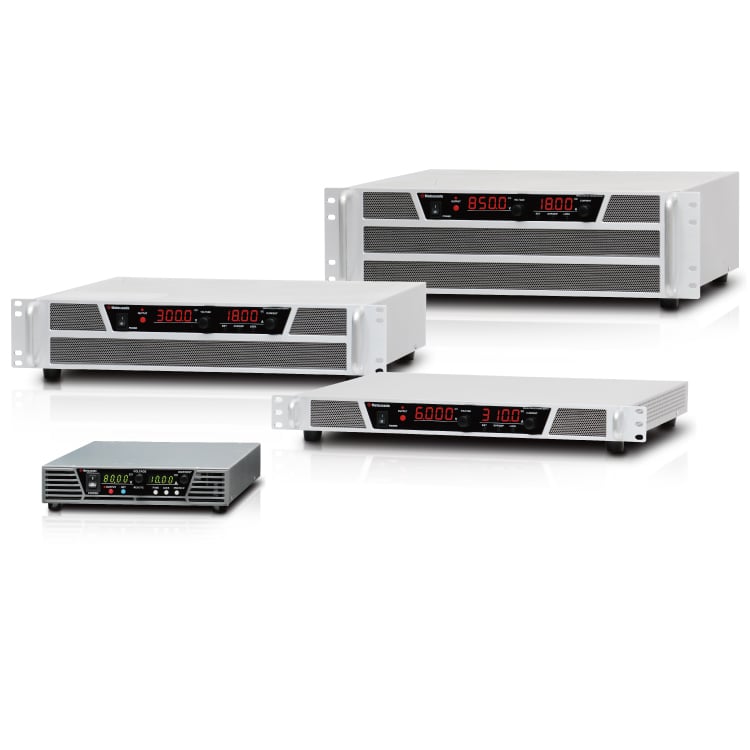
Step 5: Accuracy
An important factor to take into account is the accuracy of a power supply. The accuracy is usually defined as low ripple and noise factors.
Ripple and Noise
The ripple in a power supply is simply how much the DC output of a power supply behaves like an AC. It's typically calculated for the voltage. If a 24V DC has a ripple factor/peak ripple of 0.02 V. So, it may jump up to 24.02V or go down to 23.98V. This reflects a limitation of the AC to DC conversion. These ripples also generate noise, which can be a problem when testing highly sensitive circuits and equipment because a power supply noise can make it difficult to identify and isolate internal noise components of a circuit.
The ripple noise is inherently lower in linear power supplies compared to switching power supplies, where the act of switching is a major factor behind the noise. However, steps can be taken to reduce the noise in a switching power supply to a more manageable level, making it practical for these supplies to be used for noise-sensitive circuits/components. Learn More ...
Control
Controls range from simple analog knobs (potentiometers) to precise digital controls using rotary encoders or keypads. While analog knobs are fast, digital controls (rotary encoders) offer higher precision and repeatability, making it easier to set voltage and current levels to exact values (e.g., in mV or mA increments). However, scrolling to a specific value with a rotary encoder can sometimes be slower than using a keypad for direct entry.
Step 6: Additional Features
Additional features that can make it easier to choose one supply over the other include:
Preset Memory
The preset memory function that saves output levels when the power supply is turned off can benefit the user by saving their time. A user doesn't have to reset the output values every time they turn on the power supply. Some power supplies have a memory for several output settings that can be recalled for the relevant testing projects/applications.
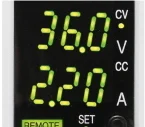
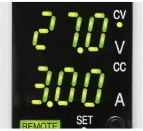
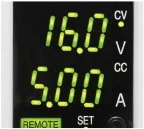
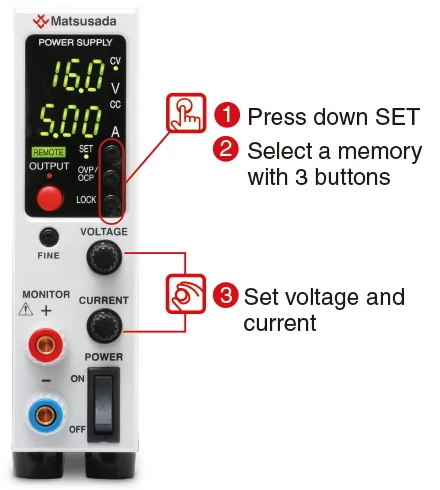
Slow Start
A "soft start" (or slow start) function gradually ramps up the output voltage, preventing large inrush currents that can stress or damage sensitive components (like capacitors). This feature is often configurable and can be turned on or off based on your testing needs.
Programmability and Remote Control (for Automated Test)
For repetitive tasks or complex test sequences, consider a programmable power supply. These models feature communication interfaces like USB, LAN (Ethernet), or GPIB, allowing them to be controlled by a PC. This capability is essential for automated test environments, enabling you to write scripts (e.g., in Python or using IVI drivers) to automatically set voltage levels, measure outputs, and log data over time. This is a common requirement in manufacturing tests and detailed R&D validation.
We're Here To Help You Choose The Right Lab Power Supply!
The steps above can help you find the right product profile, but there are several factors you cannot evaluate from the quantifiable/classifiable characteristics. This includes the quality of build, precision, and projected life span of the power supply.
This is where Matsusada Precision makes things easier for you. With five decades of history and hundreds of thousands of satisfied customers, our power supplies are among the best in the world. Our extensive range of power supplies ensures that almost everyone, from light users to professionals, can find the right fit.


